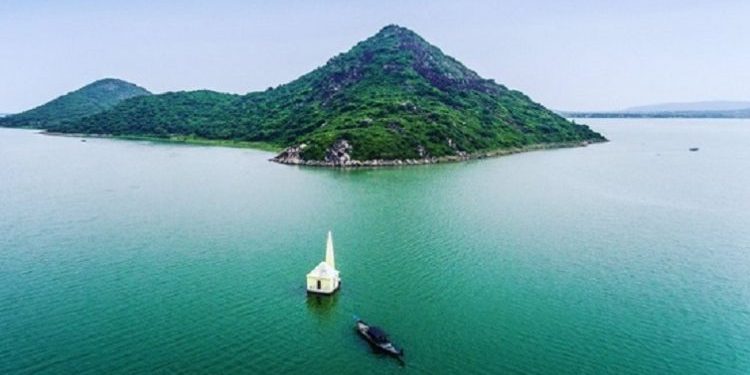Bhubaneswar: Environmentalists across Odisha have expressed serious concerns over the plans to construct a two-lane national highway (NH-516A) over Chilika Lake, as announced by the National Highways Authority of India recently. They said the project will potentially damage the rich bio-diversity of Asia’s largest brackish water lake and leave a trail of destruction of the region’s fragile ecosystem.
The NHAI, in a recent letter, stated that it has approved the land acquisition plans for the National Highway, connecting Gopalpur and Satapada. The NHAI further directed the concerned construction company to conduct a drone survey before December 11 to ensure the timely execution of the project.
However, the project’s announcement has invited strong resistance from thousands of locals in the surrounding region who claim that the highway would pose critical threats to the endangered marine species in the lake, while seriously affecting livelihood of the fishermen communities.
Read Also: Higway agencies should not charge toll if roads not in good condition: Gadkari
Secretary of Orissa Environmental Society, Jaya Krushna Panigrahi said, “Coastal ecosystems are normally fragile, which is facing an enhanced stress from landward and seaward sides in the scenario of an impending climate change. On top of this, if the proposed construction is allowed near Chilika Lake it would jeopardise the entire ecosystem”.
Panigrahi added that the construction of the highway would pose imminent threats to the livelihood of fishing communities, and would also endanger existence of migratory birds, who consider Chilika a safe haven during winter.
Echoing similar concerns, National Green Tribunal lawyer Sankar Prasad Pani said, “Even though the project was dropped off in 2018 following stiff opposition from the locals, it is absurd to conceive the thoughts about the project again. Despite Chilika being the first Ramsar site in India, the large-scale construction and frequent noise, arising from the movement of automobiles, would keep the birds away from the wetland”.
Moreover, Pani added that it is futile to connect Satapada and Gopalpur since it does not serve any business interests.
Environmentalist Akash Ranjan Rath said, “Almost 90 per cent of the Irrawaddy Dolphin population in this region is resident due to factors such as isolation, abundant food supply, and good water quality. Like all cetacean species, they are highly sensitive to noise and artificial light. Habitat fragmentation and various forms of pollution are likely to have a significant impact on their migration patterns”.
PNN







































